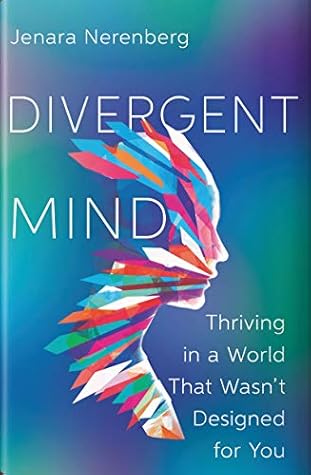More on this book
Community
Kindle Notes & Highlights
what if there were other ways of “being” in the world that didn’t have names or labels yet,
Don’t our inner lives deserve just as much attention as our outer lives?
sensory overload.
Australian sociologist Judy Singer
The DSM is more like a catalogue of current social ailments than scientific hardwired “diseases.”
History, language, context, and power are deep determinants of who gets framed as “normal” or “wrong.”
The defining characteristic of HSP is a depth of processing—taking time to perceive and process external and internal input, be it sound, light, feelings, or new information and explanations.
HSPs have a longer “pause to check” time,
Individual differences are looked down on in psychology because then you don’t get your generalizable theories.”
doctors are often clueless as to how to treat women
with, for instance, chronic fatigue or fibromyalgia.
Sensory processing is the common technical term used in studies, occupational therapy guides, and elsewhere to describe how sensitivity is measured—how individuals process stimuli.
Synesthesia is a well-documented phenomenon of the brain whereby an individual’s senses get “crossed” such that hearing sounds may elicit a visual field of colors, for example.
My tolerance for crowds is low, my tolerance for aromas is low, and my tolerance for sound is low and I take it in bits and pieces.”
Stimming refers to movements—such as flapping the hands or tapping the fingers—that help relieve anxiety that comes with overstimulation.
ADHD is not a deficit of attention, but rather a challenge of regulating it at will or on demand.
It’s no surprise, then, that it is not uncommon for adults with ADHD to have meltdowns or “blowups”—like an adult tantrum.
an experience of dissociation that dominated much of her early life, until one day it began to dissipate.
Three subtypes of SPD are generally described: sensory modulation disorder (SMD), sensory discrimination disorder (SDD), and sensory-based motor disorder (SBMD).
the vagal nerve (a nerve implicated in both post-traumatic stress disorder and SPD).
“The crying is a neurological reaction,” she says of her previous meltdowns. “So it isn’t caused by
emotions; it’s caused by the brain being overstimulated.
“I think our two professions working together is the future of adult SPD treatment,” says Einck of occupational therapy and psychology.
occupational therapists are often trained to work only with elderly populations in nursing homes, not the general public with sensory challenges.
Also related to that is depression, since anxiety and depression are interrelated.”
Misophonia is sensitivity to sound, often severe, and the sensitivity to chewing sounds is common among misophonians.
a newsletter called “Allergic to Sound”
The picture that begins to emerge is that humans come in so many different flavors that the categories we’ve defined potentially fall away.


